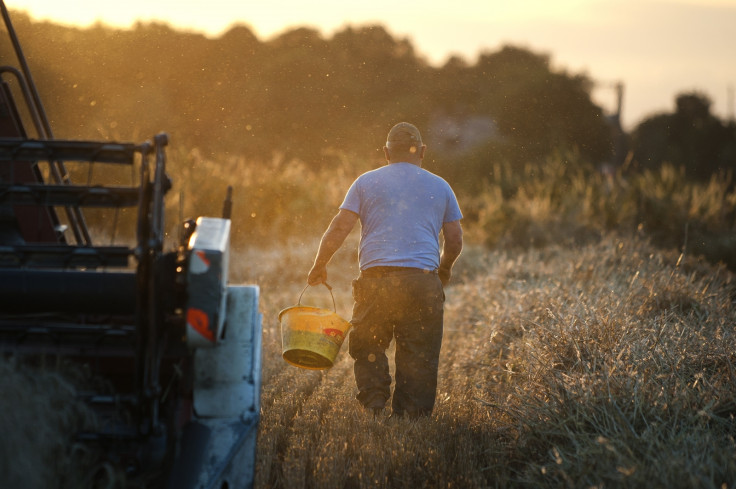World Food Day 2014: Why Family Farmers Hold the Key to Ending Global Hunger

Today (16 October) marks World Food Day, celebrated annually in honour of the date in 1945 that the Food and Agriculture Organization of the United Nations was founded. Raising awareness of food security, the theme for 2014 focuses on family farming – "Feeding the world, caring for the Earth".
Earlier this year, the UN food agency warned the number of starving people in the world is as high as 805 million, or one in nine, despite the overall figure falling by more than 100 million in the past decade.
Two billion people suffer from one or more micronutrient deficiencies as a result of not eating a varied diet of protein, vitamins and minerals
An estimated 26% of the world's children have had their growth stunted due to malnutrition, and two billion people suffer from one or more micronutrient deficiencies as a result of not eating a varied diet of protein, vitamins and minerals.
Overall, there have been improvements from last year, when the report showed around 842 million people went hungry – but there is still work to be done to end food insecurity.
Around 70% of food-insecure people live in rural areas of Africa, Asia, Latin America and the Near East. The majority are farmers, in particular smallholders. So why are farmers, who provide food to the world, going hungry themselves?
Family farmers need support to reduce food losses
While the answer is complex, the UN food agency highlights that by focusing on the needs of such family farmers, it is possible to reduce the global hunger problem significantly.
Many family farmers lack access to good seeds, adequate storage for crops, transportation and well-functioning markets, as well as financing. By supporting family farmers in these areas, it is possible to reduce food losses and increase farmers' incomes.
Around 500 million out of the 570 million farms worldwide are family farms. Produce includes fruit, vegetables, grain, livestock and fisheries, as well as farms that harvest non-wood forest products.
With extensive and intimate knowledge of the land, its needs and production capacity, family farmers sustain high levels of productivity – despite having less access to agricultural inputs and support.
In Brazil, family farmers provide an average of 40% of the production of major crops, while working on less than 25% of the farmland. In comparison, in the US, family farmers produce 84% of all produce, which totals $240bn (£150bn) in sales – while working on 78% of all farmland.
Around 500 million out of the 570 million farms worldwide are family farms. Produce includes fruit, vegetables, grain, livestock and fisheries, as well as farms that harvest non-wood forest products. The farms are managed and operated by a family, and rely predominantly on family labour.
On 16 October, organisations, such as the World Food Programme and the International Fund for Agricultural Development, are asking people to take action and spread the word on just how critical family farms are to helping solve the problems of world hunger.
World Food Day has asked people to take a photo or create a video that depicts your appreciation, post it to social media using the hashtag #ToastAFarmer – to raise awareness of the work of farmers worldwide.
© Copyright IBTimes 2025. All rights reserved.






















